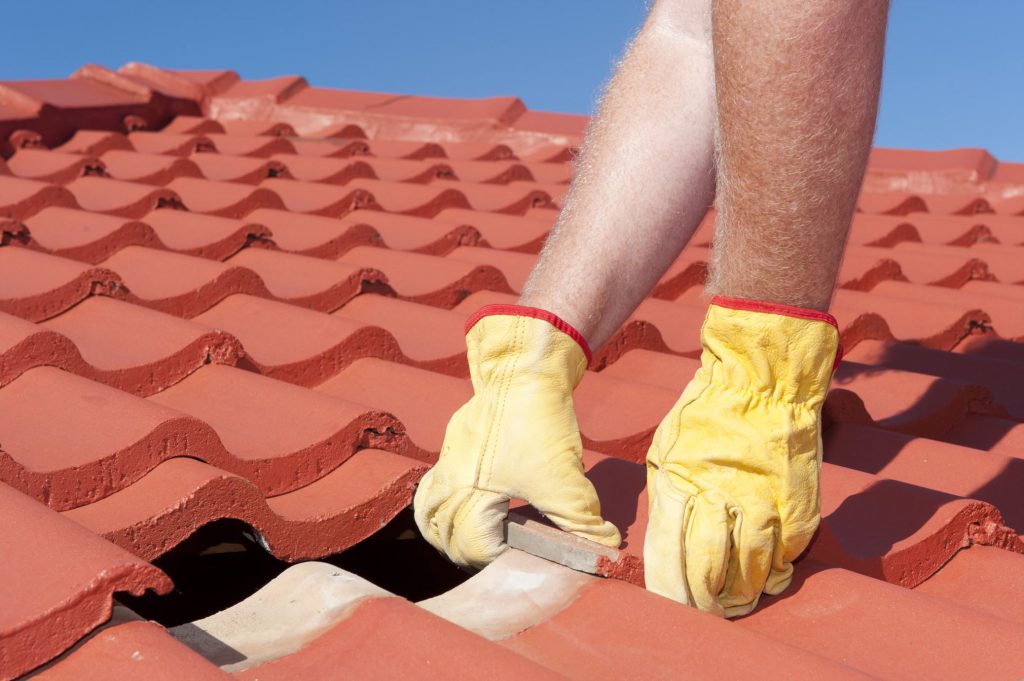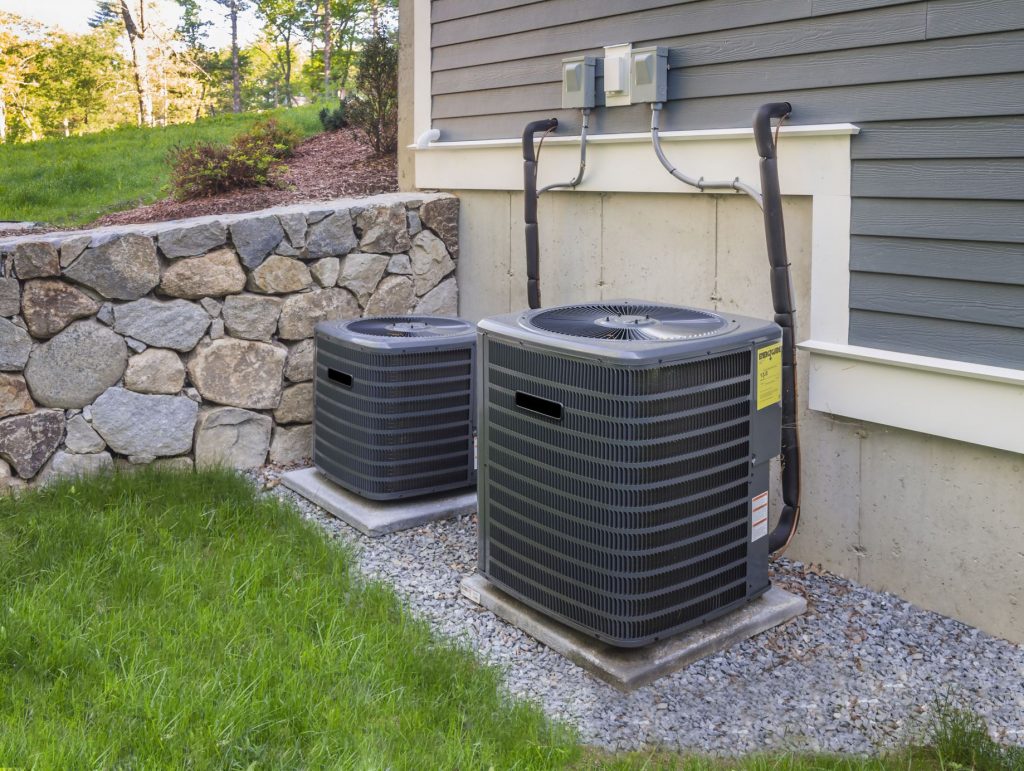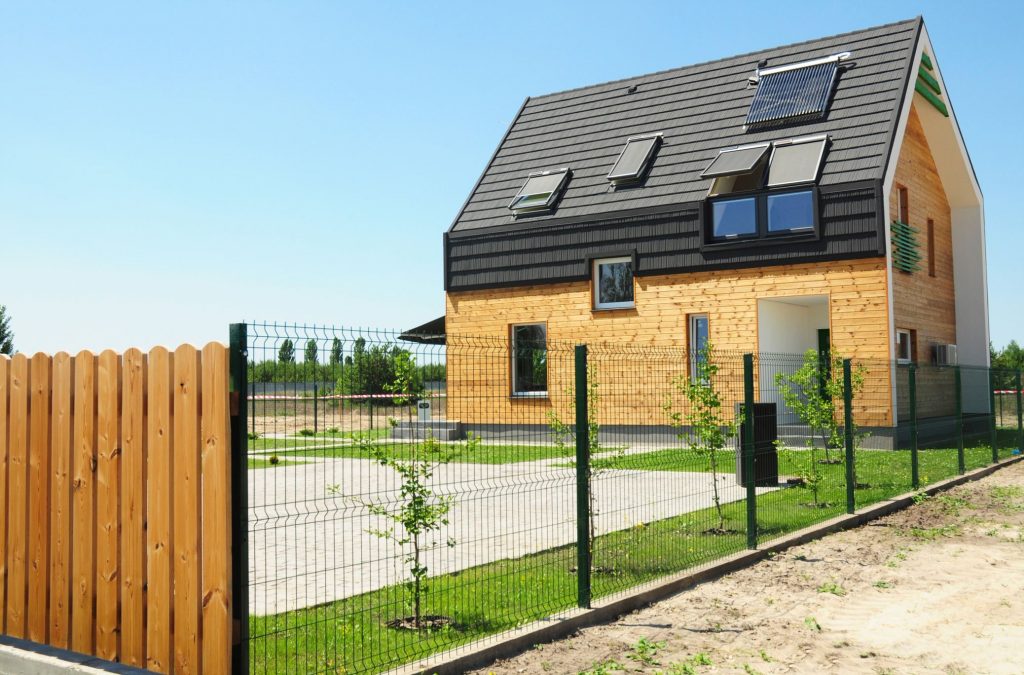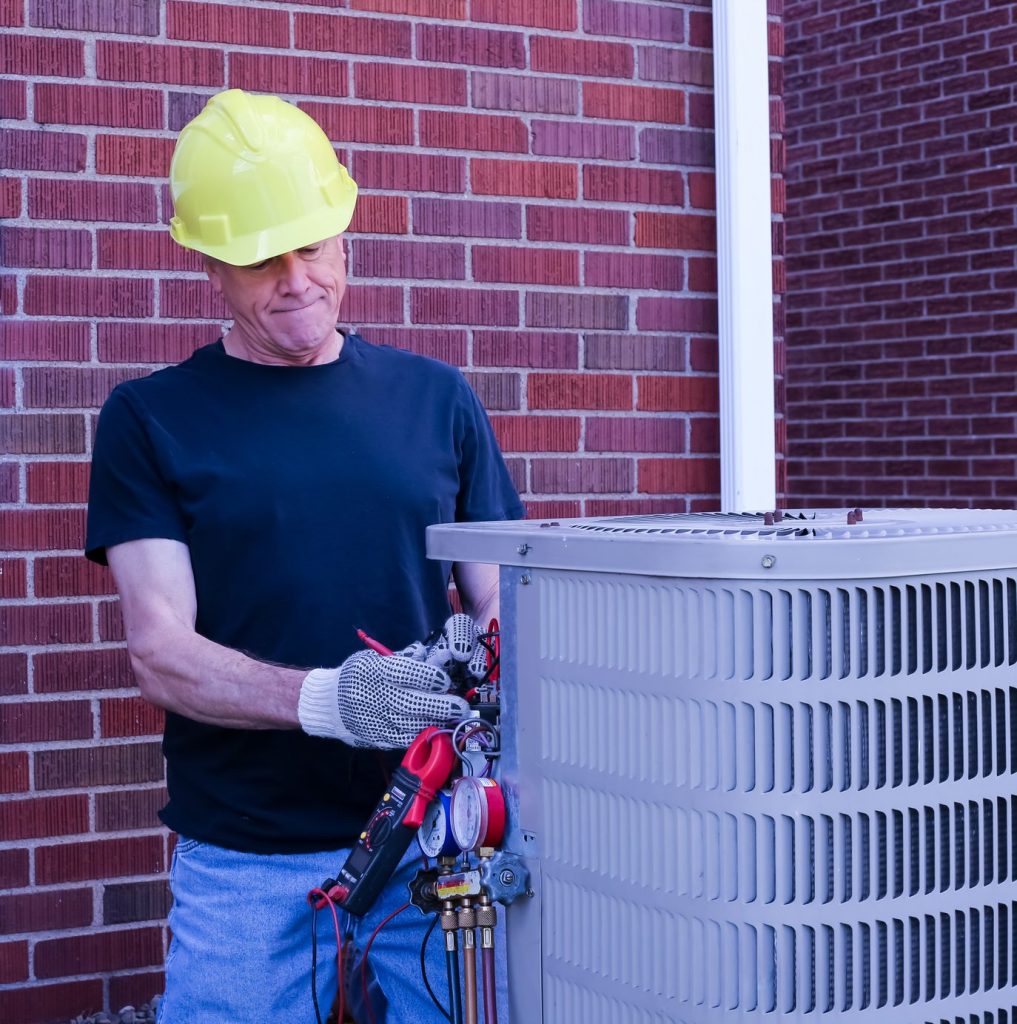Traditional lightbulbs consume more energy than many of the other options. Halogen incandescent bulbs, compact fluorescent lights (CFLs), and light-emitting diode bulbs (LEDs) are some other common options that you may see. These lightbulbs can be a little more expensive off the shelf but will save you money down the line. This is because these bulbs use anywhere from 25-80 percent less electricity and last 3 to 25 times longer than traditional bulbs.
10 Ways to Conserve Energy
10 Ways to Conserve Energy
It’s common sense to not want to spend more money than necessary on your electric bill. If you’re a homeowner and don’t want to make drastic changes to your home, you can still save money. We have outlined 10 ways to conserve energy in your home that won’t leave you making renovations for the next few months. Check these out and start saving money!
The last three bullets involve a little bit more of an investment than the others, but they would save you a good amount of money in the long run. If those are not what you are looking for right now, the first seven tips on this list of 10 ways to conserve energy are cheap, easy, and accessible for you to start doing today.

1. Switch your lightbulbs

2. Turn off appliances when not in use
The energy that devices use when they are in idle mode is a major source of energy waste. One way to avoid this waste is to completely power down your devices when you are done with them. Although this may force you to have a slightly longer wait time when turning them back on, you will be grateful for the money that you are saving by taking this extra step.

3. Start using smart power strips
Another way to combat the pesky energy waste that comes from idle mode on your devices is to buy a smart power strip. Also known as advanced power strips, these handy tools eliminate the problem of phantom loads caused by your devices. They shut off the power to electronics when they are not in use, so you don’t have to worry about manually powering your devices down. Smart power strips can be set to turn off at an assigned time, during a period of inactivity, through remote switches, or based on the status of a “master” device.

4. Change your device and appliance energy settings
If you don’t have time to buy a smart strip today and aren’t ready to start powering your devices down fully, there is another option for you. Most devices have a sleep or hibernate setting, which saves a lot more energy than just leaving it up with the screen saver. Another switch that you can make is avoiding the rinse and hold setting on your dishwasher. This setting uses 3 to 7 more gallons of water than a regular wash cycle.

5. Cover up any leaks in your house
If your home isn’t well insulated, the money that you are spending to heat and cool your house may (literally) be going out the window. Sealing air leaks around areas where gas, water and electricity flow in can save between 5% and 30% of your energy use.

6. Do more efficient laundry
Using the cold water setting when washing clothes and using the dry sensor feature on the dryer will conserve energy. These settings will clean your clothes properly while saving your energy! Cleaning the lint trap between dry cycles will also help your machine to run more efficiently. This will help to optimize the machine’s output and also help you to save. If you want to realize even more savings, consider putting your clothes on a line to air dry.

7. Switch your water heater setting to the lowest comfortable option
Heating your water is one of the most energy consuming processes in your home. While manufacturers recommend a water heater temperature of 135-140 degrees Fahrenheit, as a general rule, hot water at 115 degrees Fahrenheit is ideal for a home with more than two people. At this temperature, water is still able to be heated to a warm level, but it is not scalding.
This is good for saving, as it considerably reduces the amount that you have to heat your water. In addition, a lower water heater temperature is better for your piping. If 115 degrees is not to your liking, you still have the ability to adjust the heater to an acceptable level without overdoing it and dealing with unnecessary costs.

8. Invest in a smart thermostat
An investment that you can make to start making big changes in your energy savings is a smart thermostat. A programmable thermostat can be set to automatically turn off or reduce heating and cooling during the times when you are asleep or away. When you install a programmable thermostat, you eliminate wasteful energy use from heating and cooling without upgrading your HVAC system.

9. Install energy efficient windows
Windows are a significant source of energy waste – they can add up to 10-25% of your total heating bill. To prevent heat loss through your windows, you can replace single-pane windows with double-pane products instead. Storm windows are a great way to reduce unnecessary heat loss in homes that are in colder climates. Gas-filled windows with low-e coatings are another way to significantly reduce your heating expenses. Low-e coatings on windows are also great for homes in warm climates. They can reduce heat gain by reflecting more light and lowering the amount of thermal energy that enters your home.

10. Upgrade your HVAC system
Lastly, investing in a better HVAC system can help you save money on energy in the long run. Every home is different, and we would love to help you conserve energy. Unnecessary energy consumption is wasting your money, and there is nothing we want more than to make sure you are being as efficient as possible! Contact us today to get started on your money saving experience.




